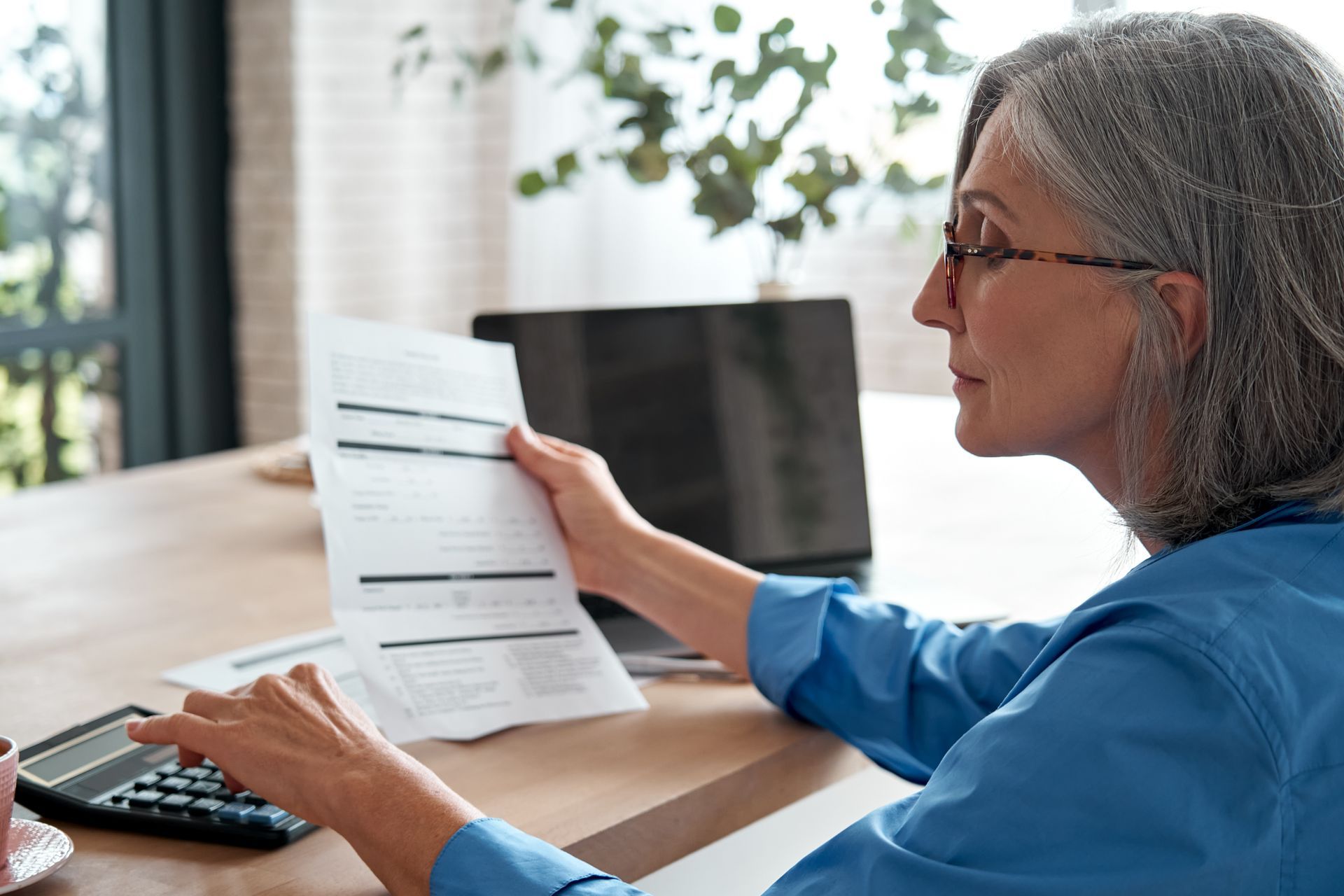Tax Benefits of Pension Planning
Tax Benefits of Pension Planning
Free Mortgage Advice Workshops for Employees
Many companies are now offering fee-free mortgage advice workshops to their employees as part of their engagement and wellbeing initiatives. These workshops allow employees to review their current mortgage deals and ensure they are on the best possible rate. Employees can receive expert guidance without any cost or obligation, helping them save money and plan for the future.
For businesses, these workshops enhance employee engagement and satisfaction, demonstrating a commitment to staff financial wellbeing. Many companies value this service as part of their employee benefits package, knowing that financial stability contributes to workplace productivity and morale.
A key feature of this initiative is the potential for charitable giving. Chesterton Grant will donate to a company’s chosen charity for every employee who takes advantage of the service. This creates a positive impact beyond the workplace, strengthening community connections and supporting important causes.
This article will explore how these workshops work, the benefits for employees and employers, and why businesses should consider offering this valuable, no-cost service.
Many people overlook the significant tax benefits of pension planning. Making the most of tax relief, allowances, and strategic withdrawals can boost your retirement income. This article explains how tax-efficient pension planning can help you maximise savings, reduce tax liabilities, and secure a better financial future.

How Pension Planning Provides Tax Advantages
Effective pension planning helps you reduce tax liabilities and maximise savings. Here are six key tax benefits of pension planning:
Tax Relief on Contributions
- Pension contributions receive tax relief at your highest income tax rate.
Employer Contributions are Tax-Free
- Workplace pensions benefit from employer contributions that do not count as taxable income.
Growth is Tax-Free
- Investments within your pension grow free from income tax and capital gains tax.
Carry Forward Unused Allowances
- You may carry forward unused pension allowances from the past three years for additional tax efficiency.
25% Tax-Free Lump Sum
- When accessing your pension, you can usually withdraw 25% tax-free.
Flexibility in Tax Planning
- Withdrawing pension funds strategically can help manage tax liabilities in retirement.

Who Can Benefit from Pension Tax Planning?
Pension tax planning offers advantages for various individuals. Here’s who should consider optimising their pension strategy:
Employees Saving for Retirement
- Workers contributing to a pension can benefit from tax relief and employer contributions.
Self-Employed Individuals
- Business owners without workplace pensions can maximise personal pension tax relief.
Higher and Additional Rate Taxpayers
- Those in higher tax brackets can claim additional tax relief on contributions.
People Nearing Retirement
- Those approaching retirement can plan withdrawals to reduce tax liabilities.
Individuals with Multiple Pensions
- Consolidating pensions may simplify retirement planning.
Employers Offering Workplace Pensions
- Businesses can provide tax-efficient pension schemes for employees and reduce their own tax liabilities.
How Pension Tax Benefits Work
Pension planning allows you to reduce tax liabilities while building long-term savings. Contributions receive tax relief, meaning the government adds money to your pension based on your tax band. Investment growth is tax-free, and when you retire, you can withdraw 25% of your pension tax-free. Strategic withdrawals help manage taxable income in retirement.

Common Concerns About Pension Tax Planning
Many people worry about whether they are maximising tax benefits from their pension. Here are answers to the most common concerns:
Am I missing out on tax relief?
If you are a taxpayer, contributions receive tax relief at your income tax rate. Higher-rate taxpayers may need to claim additional relief.
What happens if I exceed my annual allowance?
Contributions over the annual allowance (£60,000 for most people) may be taxed. You can use the carry-forward rule to use unused allowances from previous years.
How is my pension taxed when I retire?
- You can take 25% tax-free, but the rest is taxed as income. Spreading withdrawals can help manage tax liabilities.
Do employer contributions affect my personal tax situation?
- Employer contributions do not count as taxable income for you, making them highly tax-efficient.
How do I avoid penalties on pension withdrawals?
- Taking more than the tax-free allowance in a single year can push you into a higher tax bracket. Planning withdrawals carefully helps manage tax liability.
Can I still get tax relief if I’m self-employed?
- Yes, self-employed people can claim tax relief on pension contributions based on their income tax band.
Why Pension Tax Planning Matters
Optimising your pension for tax benefits can significantly impact your retirement savings. Here are four reasons why this is essential:
Maximises Pension Savings
- Tax relief boosts your contributions, helping your pension grow faster.
Ensures Efficient Pension Growth
- Investment growth in pensions is free from capital gains and income tax.
Allows Strategic Withdrawals
- Planning pension withdrawals carefully can minimise tax paid in retirement.
Supports Long-Term Financial Planning
- Effective pension tax strategies ensure a more stable retirement income.
Key Questions About Pension Tax Planning
Many people have questions about how pension tax benefits work. Here are clear answers to the most common ones:
What tax relief is available on pension contributions?
Basic-rate taxpayers receive 20% relief automatically. Higher-rate (40%) and additional-rate (45%) taxpayers may need to claim extra relief.
How does pension tax relief work for higher-rate taxpayers?
Higher-rate taxpayers receive 40% relief, but only 20% is added at source. The remaining 20% must be claimed via a tax return.
What is the annual allowance for pension contributions? benefits?
Most people can contribute up to £60,000 per year tax-free.
How do employer pension contributions impact my tax situation?
Employer contributions are tax-free and do not count towards your personal income, making them highly tax-efficient.
Can I carry forward unused pension allowances from previous years?
Yes, you can use any unused allowance from the past three tax years to make larger contributions tax-free. Criteria needs to be met.
How are pension withdrawals taxed during retirement?
The first 25% of your pension is tax-free. The remaining 75% is taxed as income.
What are the tax implications of taking a lump sum from my pension?
You can take 25% tax-free, but any additional lump sums will be taxed at your income tax rate.
Are there tax benefits to consolidating multiple pensions?
Combining pensions maybe beneficial but checking existing benefits, potential fees and tax implications is essential.






